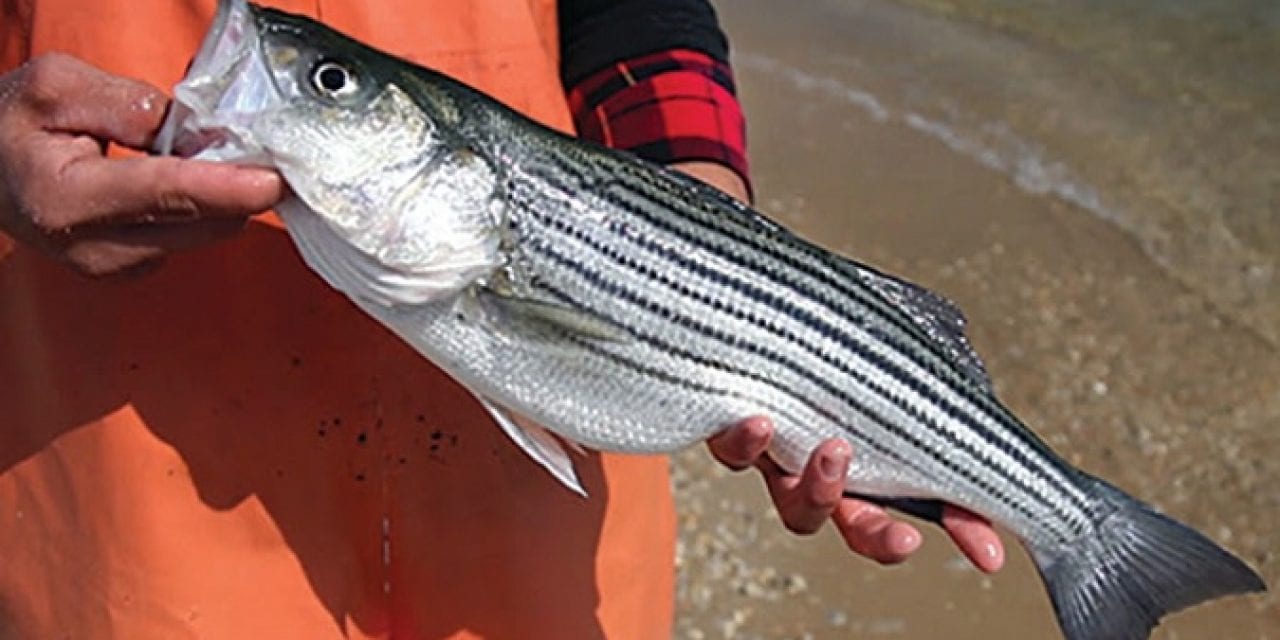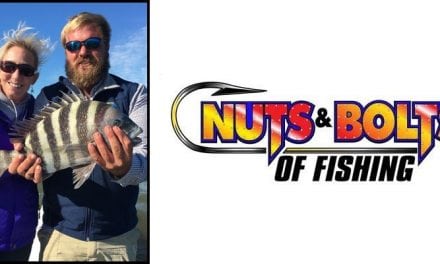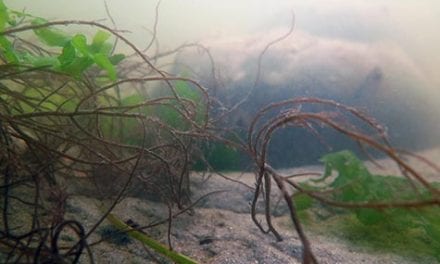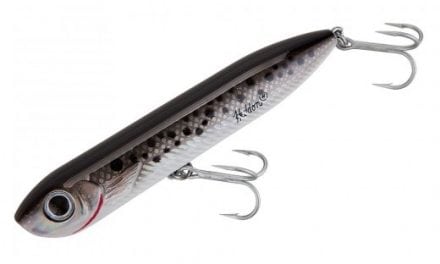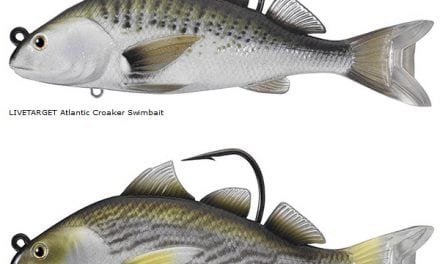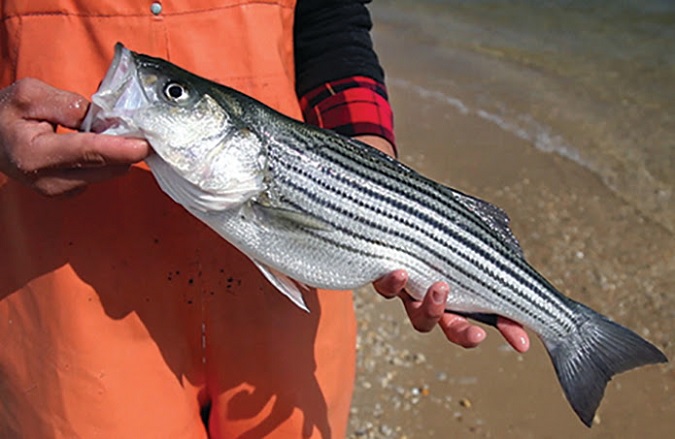
This year’s heavy rainfall did not seem to hurt spawning striped bass, as scientists in both Maryland and Virginia reported that reproduction for the prized fish was bit above average.
The reproduction success of striped bass can vary widely from year to year. (Chesapeake Bay Program)
It was the second straight year when the closely watched striped bass index was above average in Maryland. It was also the sixth straight year when reproduction was at, or above, average in Virginia.
Though striped bass migrate along the Atlantic Coast, about three-quarters of them spawn in Maryland waterways, and the success of reproduction there — or lack thereof —has historically been a predictor of future coastwide abundance.
“Consecutive years of healthy reproduction are a great sign for the future of this iconic species,” said David Blazer, the Maryland Department of Natural Resources’ director of fishing and boating services.
The DNR reported its 2018 young-of-year index — based on the number of juvenile fish captured during summer seine net surveys — was 14.8, a bit above the 65-year average of 11.8. It has been above average for three of the last four years.
Seine survey chief scientist Brian Gallagher counts juvenile striped bass and other organisms following a seine haul on the James River. (© D. Malmquist/VIMS)
A similar survey conducted by the Virginia Institute of Marine Science recorded a mean value of 10.72 fish per seine haul in that state’s major rivers. That was a bit above the historic average of 7.77 fish per seine haul and similar to indices observed during the previous five years.
Reproductive success can vary widely from year to year because of weather and other factors. Mary Fabrizio, the VIMS scientist who oversees the Virginia survey, said the fact that indices have been near average in recent years suggests that the abundance of juvenile striped bass has been stable.
Striped bass play an important role as a top predator in the Chesapeake Bay ecosystem and are a valuable recreational and commercial species. The population in the Bay hit historic lows in the late 1970s, prompting a fishing moratorium in the mid-to-late 1980s. It has since recovered, but remains closely monitored.
The Maryland index represents the average number of fish less than 1 year old captured in 132 samples collected at 22 survey sites in four major spawning areas — the Choptank, Potomac and Nanticoke rivers, and the Upper Bay.
DNR biologists have been conducting the survey since 1954.
Meanwhile, the Virginia survey samples 18 sites in the Rappahannock, York and James river watersheds and has been conducted since 1967.
Juvenile fish “recruited” into the population this year will be large enough for anglers to catch in three to five years.
By Karl Blankenship. The editor of the Bay Journal and executive director of Bay Journal Media. He has served as editor of the Bay Journal since its inception in 1991.
The post Striped Bass Reproduction Improving appeared first on .

